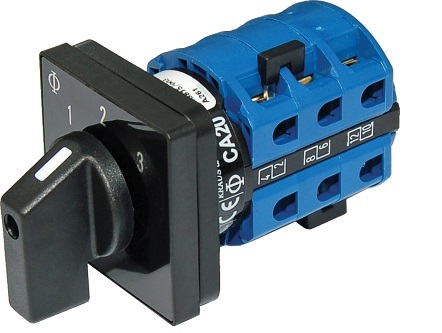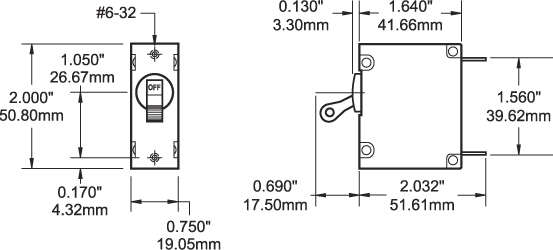I failed to unplug... My error entirely after a year plus on the hook. I have a visual now though the 1k is now out of the system.
My AIMS1000 has three outlets to plug in items. Instead I took one cord and wired it into my AC panel. The plug part goes into one outlet on the inverter. Thus the whole boat has power available. The flaw was my user error. When I docked I should have shut off inverter AND unplugged that cord. Operator error for certain.
Since then, for maybe four years or so, I had a visual on the 30amp inlet of Seaweed. I recently "put to bed" the 1000 because I upgraded to a 1200. The old square wave is not in service. At some point I will probably swap it for something I want more...
I have a pure sine wave inverter now. It automatically switches on and off though I have a remote to shut it down manually.
The flaw is that this is considered an incorrect, unsafe and dangerous installation. Human error is quite often what leads us to the reason we have safety standards.
What you did is back feed the system negating any sort of proper source isolation or transfer switch. On land this is illegal. Line workers have died due to homeowners back-feeding generators in the exact manner you did with an inverter. It could also kill someone working on a dock pedestal when they assume the power is switched off.. Out on the water you can seemingly do what you wish but eventually you plug back in. No marine safety standard allows for what you did because it creates a safety issue and can create dangerous situations even up to the point of potentially resulting in a death..
If you want to wire a non-marine stand alone inverter, that is not built to marine UL458 standards (supplement SA), the best option is to wire it to its own dedicated outlets, clearly marked "INVERTER ONLY". While this means installing a few new outlets it is often far less expensive than a UL458 + Supplement SA marine inverter.
It is important to keep these outlets 100% isolated from the rest of the vessels AC systems. Still not the best practice to install a non-marine tested inverter but it prevents back-feeding the system and neutral/Earth bonding issues.
The other option is to install a proper isolation/transfer switch.
A marine inverter installation should always be installed with its own internal transfer switch or an external transfer switch that ensures the vessels neutral/white and Earth/green are bonded on the vessel only when the inverter is actually operational. Neutral/White and Earth/Green are then isolated, on-board the vessel, the split-second that transfer switch breaks..
When buying an inverter it is important that it meets UL458 + Supplement SA - Marine Power Converters/Inverters.
Many inverters are sold that meet UL458 (this should be a bare minimum) but most have never been tested to the marine supplement/portion of UL458...
Last edited:


